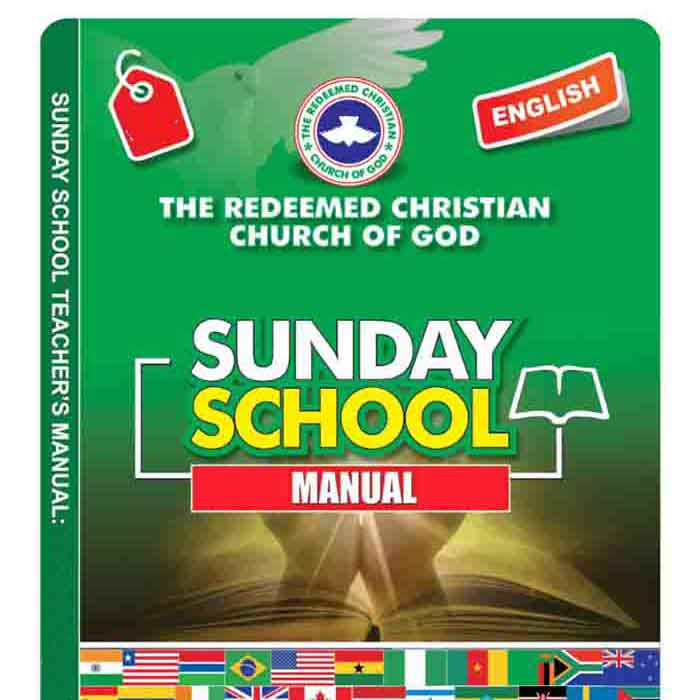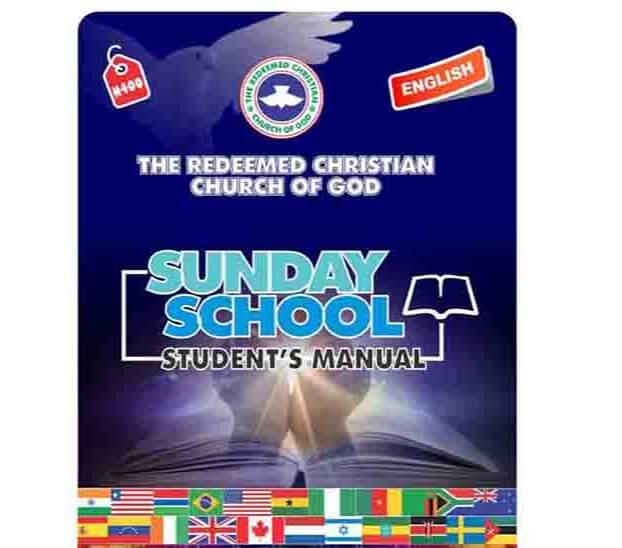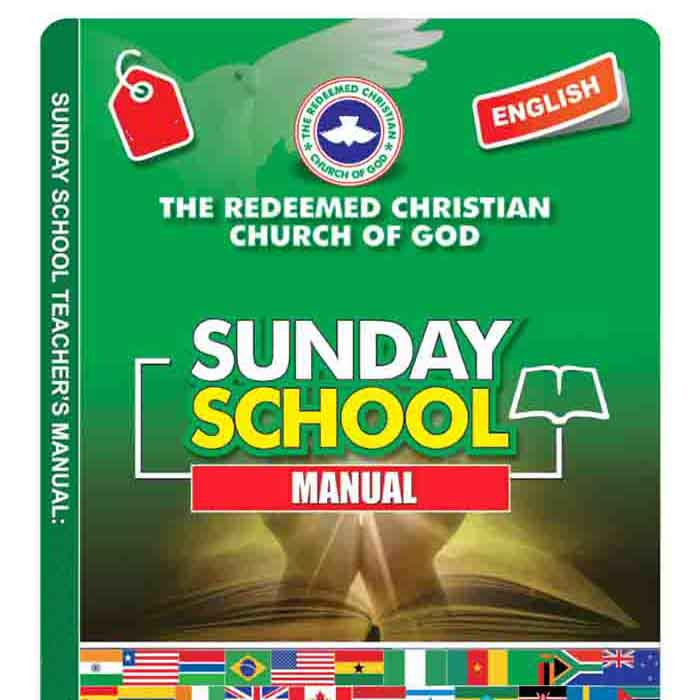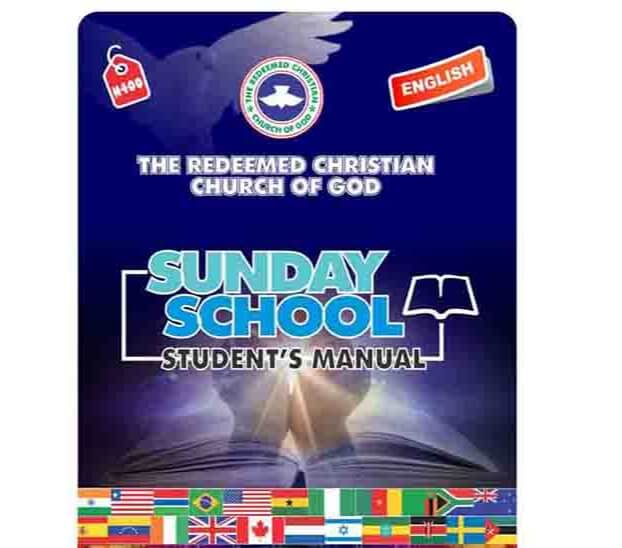This is RCCG Sunday School Teachers manual for the adult class.
Today’s Lesson 16 topic: THE GAME CHANGERS
Date: 21 December 2025
Read:

Note: Check RCCG SUNDAY SCHOOL HYMN LYRICS
RCCG SUNDAY SCHOOL TEACHERS MANUAL LESSON 16 (21 DECEMBER 2025)
TOPIC: THE GAME CHANGERS
OPENING PRAYER:
Almighty God, help me to be innovative in Jesus’ name.
PREVIOUS KNOWLEDGE:
The teacher should review the lesson for the previous week.
BIBLE READING
BIBLE PASSAGE: Matthew 15:22-28
22 And, behold, a woman of Canaan came out of the same coasts, and cried unto him, saying, Have mercy on me, O Lord, thou son of David; my daughter is grievously vexed with a devil.
23 But he answered her not a word. And his disciples came and besought him, saying, Send her away; for she crieth after us.
24 But he answered and said, I am not sent but unto the lost sheep of the house of Israel.
25 Then came she and worshipped him, saying, Lord, help me.
26 But he answered and said, It is not meet to take the children’s bread, and to cast it to dogs.
27 And she said, Truth, Lord: yet the dogs eat of the crumbs which fall from their masters’ table.
28 Then Jesus answered and said unto her, O woman, great is thy faith: be it unto thee even as thou wilt. And her daughter was made whole from that very hour.
MEMORY VERSE:
“Go, gather together all the Jews that are present in Shushan, and fast ye for me, and neither eat nor drink three days, night or day: I also and my maidens will fast likewise; and so will I go in unto the king, which is not according to the law: and if I perish, I perish.” Esther 4:16.
INTRODUCTION
A game changer is a person or an idea that positively changes the way things are done. It is a “dynamics” newly introduced that transforms an existing situation/activity in a significant or complete way. Game changers work assiduously to launch a technique that brings a major shift from the old order. They change existing conditions by revitalising them and bringing out the best in them.
In business, ministry, organisations, families, etc. game changers alter old strategies and conceive a new way of moving forward. We shall examine the qualities and results of game changers.
TEACHER’S DIARY
LESSON AIM:
To encourage learners to be dynamic.
TEACHING OBJECTIVES:
Through this lesson, students should be able to:
- Say who “game changers” are.
- Mention the qualities of game changers.
- State the upshots of “game changers.”
TEACHING PLAN:
- To achieve the above-stated objectives, the teacher should:
- Allow the students to recite the memory verse, read the Bible passage, contribute to the discussion, and do class activities and assignments.
- Allow the Assistant Teacher to see to the wellbeing of the class, and mark attendance and assignment.
- Teach the lesson outline, summarise, conclude, evaluate the lesson and give assignments.
TEXT REVIEW: Matthew 15:22-28.
A Canaanite woman went to Jesus to beseech Him to heal her daughter and deliver her from the demon tormenting her, but Jesus did not answer.
When He eventually did, Jesus said He was only sent to the lost sheep of the house of Israel.
How did this woman turn the table in her favour?
What did she do to be a ‘game-changer?’ Read verses 25-27 as a guide.
1. …
2….
3….
4….
5….
TEACHING METHOD:
The Lecture Method.
TIME MANAGEMENT:
The teacher should apply the two-lesson outline teaching time.
LESSON OUTLINE 1: QUALITIES
The teacher should allow the students to explain what they know about ‘game changers’ and give examples. The teacher should explain the following to the class:
Some of the qualities of “game changers” include:
- “Game changers” are visionary and innovative persons who proffer solutions to problems or change the perception of people from negative to positive (Nehemiah 2:17-18; 4:17-18).
- They are dogged and never take “no” for an answer (Luke 18:3-5).
- These people are highly creative in their thoughts and actions because they are always driven by the desire for change and are never comfortable with the status quo (2 Chronicles 26:14-15).
- They are audacious as they take the bull by the horns (1 Samuel 17:36).
- “Game changers” are master strategists who employ tact in bringing about the required transformation where they are (1 Corinthians 9:19-22).
- They are great planners who work tirelessly to see that a good idea is implemented (Genesis 41:33-37,47-49).
- They stand as worthy representatives (Dan 1:8) of their organizations, ministries, families, etc. and ensure their noble policies see the light of the day.
- They change the trajectory to bring about a progressive change (Ruth 1:15-16).
CLASS ACTIVITY 1:
Have you tried to be a game changer, what problem did you encounter?
LESSON OUTLINE 2: UPSHOTS
The class should discuss what “game changers” are likely to achieve, then the teacher should explain the following:
A. “Game changers” through their unrelenting efforts achieve great results.
1. They unravel knotty issues (Daniel 2:19). Wholesome developments that are beneficial to all are initiated and they project their family, min-istry, organization, etc. in a good light (Joshua 2:12-13).
2. Irrespective of the odds, they are ready to move the organisation or people to the next phase (Numbers 13:30).
3. Regardless of the problem; they ensure that they get to its root to accomplish the required goals (Nehemiah 2:3-5).
B. Other important things to note about “game changers” are:
- “Game changers” usually introduce a better way of going about a task or condition and with that, life becomes easier (Exodus 18:15-22).
- These people stand out from the crowd ke cause they are always bent on bringing out the best anywhere they are (Daniel 5:11-12).
- A “game changer:” breaks new ground by removing obstacles to progress (Genesis 26:18-22).
CLASS ACTIVITY 2:
Would you like to be a “game changer?”
CONCLUSION: RCCG Sunday School Teachers Manual 21 December 2025
Be a game changer!
EVALUATION:
What does it mean to be a game changer?
CLOSING PRAYER:
Father, in the name of Jesus, I decree and declare that I am a game changer, a problem solver and a solution provider.
ASSIGNMENT: RCCG Sunday School Teachers Manual Lesson 16
Students should practically spur a positive change in their immediate environment this week (No Marks).
Follow RCCG Live on:










